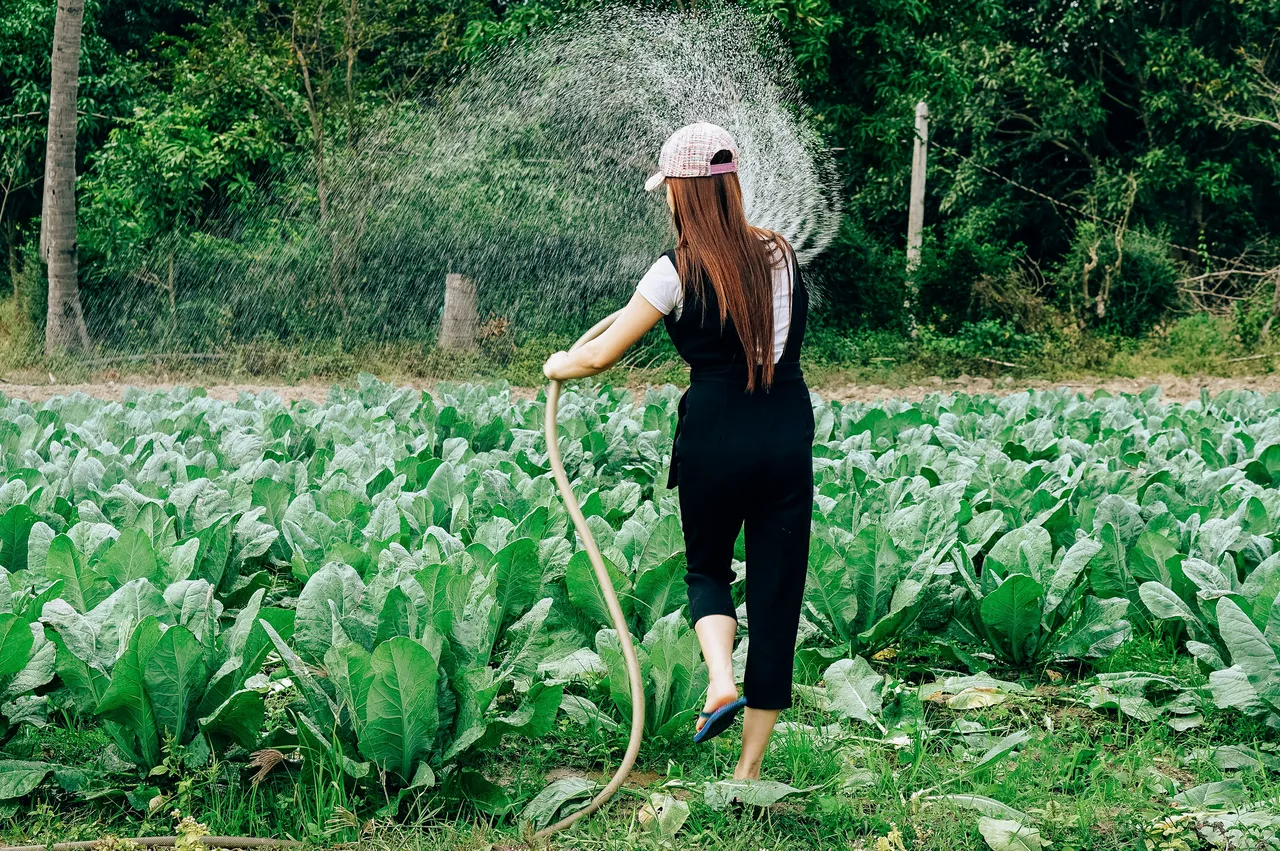
Image info
How to Create a Wildflower Meadow: Boosting Biodiversity in Your Garden
Creating a wildflower meadow adds beauty to your garden and boosts biodiversity. As urbanization and agricultural practices reduce natural habitats, establishing a wildflower meadow provides a sanctuary for pollinators, birds, and other wildlife. This guide explores how to create your wildflower meadow, the benefits it offers, and how to maintain it effectively.
Understanding Wildflower Meadows
A wildflower meadow is a vibrant ecosystem filled with various flowering plants, grasses, and native species. Unlike traditional lawns, which require heavy maintenance and chemical inputs, wildflower meadows thrive on natural processes. They can be established in many settings, from large backyards to small urban spaces, making them accessible to gardeners of all levels. Native species are plants that naturally occur in a specific region and are adapted to local conditions, requiring less maintenance.
Benefits of Creating a Wildflower Meadow
Wildflower meadows provide essential habitats and food sources for pollinators like bees and butterflies, as well as other wildlife. By planting a diverse array of flowers, you can create a thriving ecosystem that attracts various species. These meadows also play a vital role in carbon sequestration, helping to mitigate climate change. A well-established wildflower meadow can sequester significant amounts of carbon dioxide, contributing to a healthier environment. Furthermore, spending time in nature can improve mental well-being. A wildflower meadow enhances your garden's beauty and offers a peaceful retreat where you can connect with nature.
According to WWF-UK, a healthy wildflower meadow can be home to over 100 species of wildflowers, which in turn supports various wildlife species. Additionally, the Snohomish Conservation District highlights that native meadows provide benefits such as increased water infiltration and lower maintenance costs. The diverse root systems of wildflowers also enhance soil structure and fertility, aiding in water infiltration and reducing erosion, as noted by Tranquil Landscapes.
Site Preparation
Before planting, proper site preparation is vital. First, select a sunny spot that receives at least six hours of sunlight daily. Wildflowers thrive in full sun, so avoid shaded areas. Next, remove all existing grass and perennial weeds to create a suitable environment for wildflowers. You can use a non-selective herbicide or smother the area with cardboard or mulch for several weeks. Finally, conduct a soil test to determine the pH and nutrient levels. Wildflowers generally prefer less fertile soil, so avoid adding fertilizers. If necessary, amend the soil to achieve the right conditions for planting.
Choosing the Right Native Plant Species
Selecting native wildflower species is key to establishing a successful meadow. Native plants are adapted to local conditions and require less maintenance. Aim for a mix of flowers that bloom at different times throughout the growing season. This ensures that food sources are always available for pollinators. Reach out to local nurseries or extension services for recommendations on native wildflower species that thrive in your area. They can provide valuable insights into the best plants for your specific conditions.
Planting Your Wildflower Meadow
Once you’ve prepared the site and selected your plants, it’s time to sow the seeds. Scatter the seeds evenly across the prepared soil. Mixing the seeds with sand can help distribute them more evenly. The best time to plant wildflower seeds is in the fall or early spring. Fall planting allows the seeds to undergo natural stratification, while spring planting ensures they germinate when temperatures rise. After planting, water the area gently to help the seeds settle into the soil. Keep the area moist until the seeds germinate, which may take a few weeks.
Maintenance of the Wildflower Meadow
Maintaining your wildflower meadow is important for its long-term success. Mow the meadow once or twice a year, ideally in late summer or early fall, to prevent woody plants from encroaching. This helps maintain the diversity of wildflowers. Avoid applying fertilizers, as wildflowers thrive in low-nutrient soils. If you notice excessive growth, consider removing cuttings to reduce soil fertility. If appropriate, light grazing can help maintain plant diversity and prevent the growth of invasive species. Suitable animals for grazing include sheep or goats, which can help manage growth without damaging the meadow.
Conclusion
Creating a wildflower meadow is a rewarding endeavor that enhances your garden's beauty and supports biodiversity. By following the steps outlined in this guide, you can establish a thriving wildflower meadow that attracts pollinators and provides a sanctuary for wildlife. Consider visiting local nurseries or online stores, such as American Meadows or Wildflower Farm, to purchase native wildflower seeds and plants. So, roll up your sleeves, get planting, and enjoy the vibrant ecosystem you create!
This article was developed using available sources and analyses through an automated process. We strive to provide accurate information, but it might contain mistakes. If you have any feedback, we'll gladly take it into account! Learn more

